If you were to ask any yogi or yoga practitioner what “yoga” is, there would be a variety of answers. For some, it’s merely a way to feel good in their bodies. They feel better knowing they’ve improved their flexibility, strength, and balance. For others, it is a purely spiritual practice, while for still more, it is a way of living and breathing.
Yoga: A Transformation from within
The practice of yoga helps to provide a foundation and tools for building better habits like self-discipline, reflection, and non-attachment. It is also a pathway for helping you to make conscious choices and live life intentionally, taking responsibility for all of your actions. Yoga can help you to reach more significant states of awareness, clarity, and peace.
The history of yoga
The practice of yoga goes back thousands of years; originally an oral tradition, it was passed down from teacher to student as yoga postures and techniques for calming the mind were developed. An original, 2000-year-old manuscript called the Yoga Sutra gives guidance on how to gain mastery over the physical body, mind, will, and emotions. Through this manuscript evolved several different branches of yoga, all with different intentions and one overall goal of enlightenment through the practice of breathing and yoga postures.
Benefits of yoga
Yogis everywhere boast the benefits of all types of yoga and how it can be used to improve overall health and well being. Some of those benefits most well known to us are:
1. A reduction in stress
Yoga is well known for its ability to ease stress and promote relaxation. In fact, many studies point to the fact that the practice of yoga decreases the production of cortisol, a known stress hormone. A reduction in stress leads to less incidence of depression and anxiety, improving the overall quality of life for those who commit to it.
2. A reduction in anxiety
Many people are drawn to yoga to quell feelings of anxiety and depression. With the ability of yogis to tune into the present moment and practice gratitude for life as is, they can access an inner calm that wasn’t readily available to them before starting a practice.
3. Reduced inflammation
Practicing yoga can reduce inflammation; chronic inflammation can contribute to the development of inflammatory diseases such as heart disease, diabetes, and even cancer. Findings in recent studies point to the fact that regular participation in yoga sessions helps people to reduce chronic pain, increase flexibility, and feel better in general.
4. Promotes healthy sleep
Daily practice of physical yoga postures in combination with breathing helps to promote healthy sleep. When the body is experiencing a state of improved calm, hormones are balanced and working more efficiently; as a result, the hormones that regulate the wake/sleep cycle are well balanced, resulting in improved sleep. Reducing stress and anxiety are just a few of the other numerous benefits that can help promote healthy, restful sleep for those practicing.
5. Improves balance and flexibility
Many people add yoga to their daily activities to improve flexibility and balance. A large amount of research proves that specific yoga poses help to bring the spine back into alignment and stretch out joints and limbs efficiently, resulting in a more fluid, flexible, balanced body.
9 Yoga Poses for Better Balance
Who wouldn’t like to feel lighter, more graceful, and aligned? With the addition of a few yoga poses into your weekly routine, you’ll be standing taller, moving with more grace, and feeling better than you have in years. Here are some yoga poses to try to improve your balance and flexibility:
1 – Tree pose
Tree pose is a natural “starter” pose for those wishing to work on their balance. If you struggle with standing on one foot, have something to support you nearby as you are starting out on your yoga journey. To perform tree pose:
1. Stand on your right foot, bend your left leg to form a ‘4’ as you bring the sole of your left foot to rest on the inner thigh of your right leg.
2. Standing as tall as you can, anchor yourself on your right leg while pressing the sole of your left foot into your right thigh. Extend your arms overhead toward the sky in a v shape, keeping your gaze fixed on a stationary object straight ahead of you.
3. Repeat on the other side, standing tall on the left leg and bending the right leg, bringing the right foot to rest on the left inner thigh. Hold for several seconds to a few minutes, focusing on your breath.
2 – High lunge
A high lunge is a precursor to poses like warrior 1, 2, and 3. It is an essential piece of several poses in yoga, so it should be mastered before other poses to ensure your safety as you practice. To perform a high lunge:
1. Start in a runner’s lunge. One leg bent at a ninety-degree angle and thigh parallel to the floor. The other leg should be reaching back behind you.
2. Reach arms out overhead toward the sky, palms facing in toward each other. Torso should be facing straight ahead, and hips should be square. Hold for several breaths, then repeat on the other side.
3 – Extended big toe
This one is tough; don’t feel bad if you initially have to support your outstretched leg with your hands. To perform the big toe:
1. Stand with feet hip-width apart, hands on your hips, if you can.
2. Keeping one leg on the ground for your anchor, raise the other leg straight up and out in front of you, pointing your big toes to the sky. Your goal should be to get that lifted leg parallel to the ground, but it will be a process. Go easy on yourself, and don’t strain, as it could put stress on your lower back.
4 – Chair
A foundational yoga pose, the chair is fundamental to vinyasa flow. It is a welcome relief for those who do not gravitate to single-leg postures, and an excellent way to start with improving your balance. To perform chair:
1. Stand with your feet hip-width apart, hands at your sides.
2. Bend your knees and stick your hips back, bringing knees directly above your feet. Arms should be stretched overhead and slightly forward, palms facing in.
3. Hold a chair for several breaths to several minutes, depending on your level of strength and expertise.
5 – Triangle
The triangle and all of its variations are great for improving flexibility and strength, as well as improving your posture. To perform a triangle:
1. Stand with feet apart, one foot turned outward and to the side. Raise your arms and extend your fingers outward, palms down.
2. Reach the hand of that turned foot farther and farther out toward the side, bending your upper body down toward the floor, your hand resting on your ankle.
3. Stretch your other hand up toward the sky; hold for several breaths. Switch and perform on the other side.
6 – Half moon
This takes the triangle to the next level of excellence. Sorry guys, you’ll be balancing on one foot again. To perform a half moon:
1. Get yourself into a triangle position.
2. Raise your back leg till it is parallel to the floor while placing the hand that was previously on your ankle now on the floor. Hold for several breaths, then switch sides.
7 – Royal dancer
This pose looks graceful, but it takes some serious effort to complete it successfully. To perform the royal dancer:
1. Shift your weight to your left foot. Bend your right leg and reach back with your right hand, grabbing your foot and ankle.
2. Using your right hand, bring your right foot up and back, bending your upper body forward a bit and extending your left hand outward. Hold for several breaths, then switch sides.
8 – Downward dog
You have several points of contact in this pose, but you still need to maintain your stability. To perform a proper downward dog:
1. Start on the floor on your hands and knees.
2. Press your palms and feet into the floor, bringing your body up into an inverted v.
3. Stretch out your arms and legs, raising your buttocks into the air as you lengthen your hamstrings and press your palms into the floor. Hold for several breaths, then lower slowly back down to your hands and knees.
9 – Warrior two
Warrior two is a strong pose that is designed to work both body and mind. The longer you hold, the more warrior-like you’ll become! To perform warrior two:
1. Stand with feet hip-width apart, toes of both feet pointing straight ahead. Turn your right toes out to the side as you bend your right knee and lunge over your turned foot, extending your arms out, palms facing down.
2. Hold for several breaths, then bring your bent leg back to straight, put arms back down. Repeat on the other side.
Final Thoughts: Are you ready to start your yoga journey?
You don’t have to be an expert to experience benefits from yoga. Besides balance, you get mindful, intentional practice, a bit of compassion, and a commitment to self-care will ensure that you will improve your life—body, mind, and soul. Namaste!!!!!

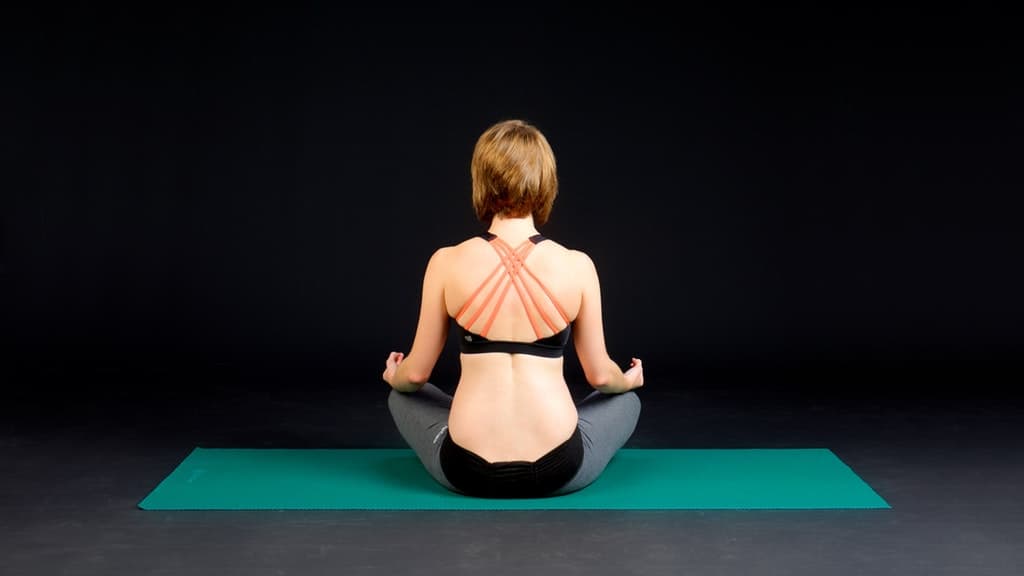



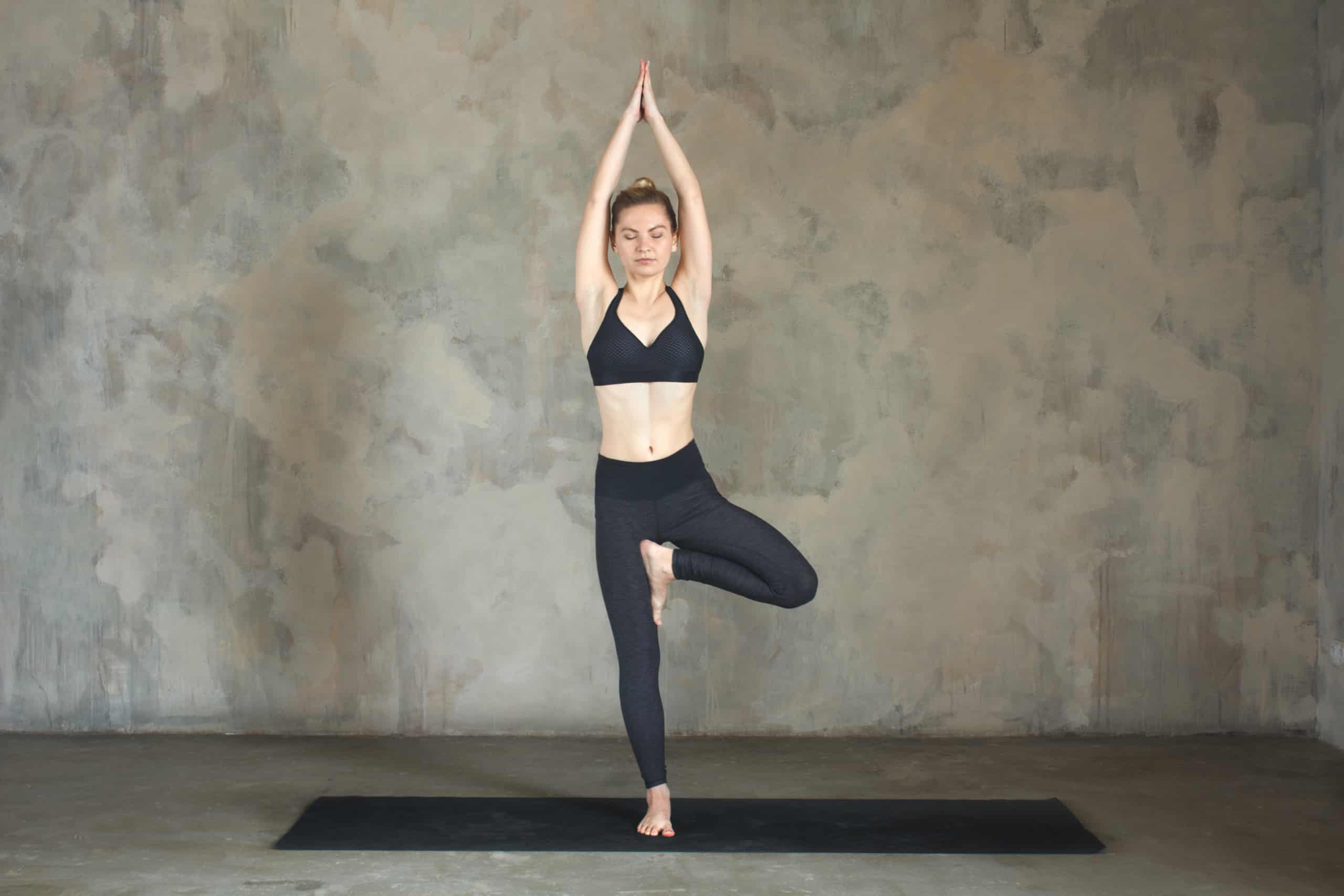
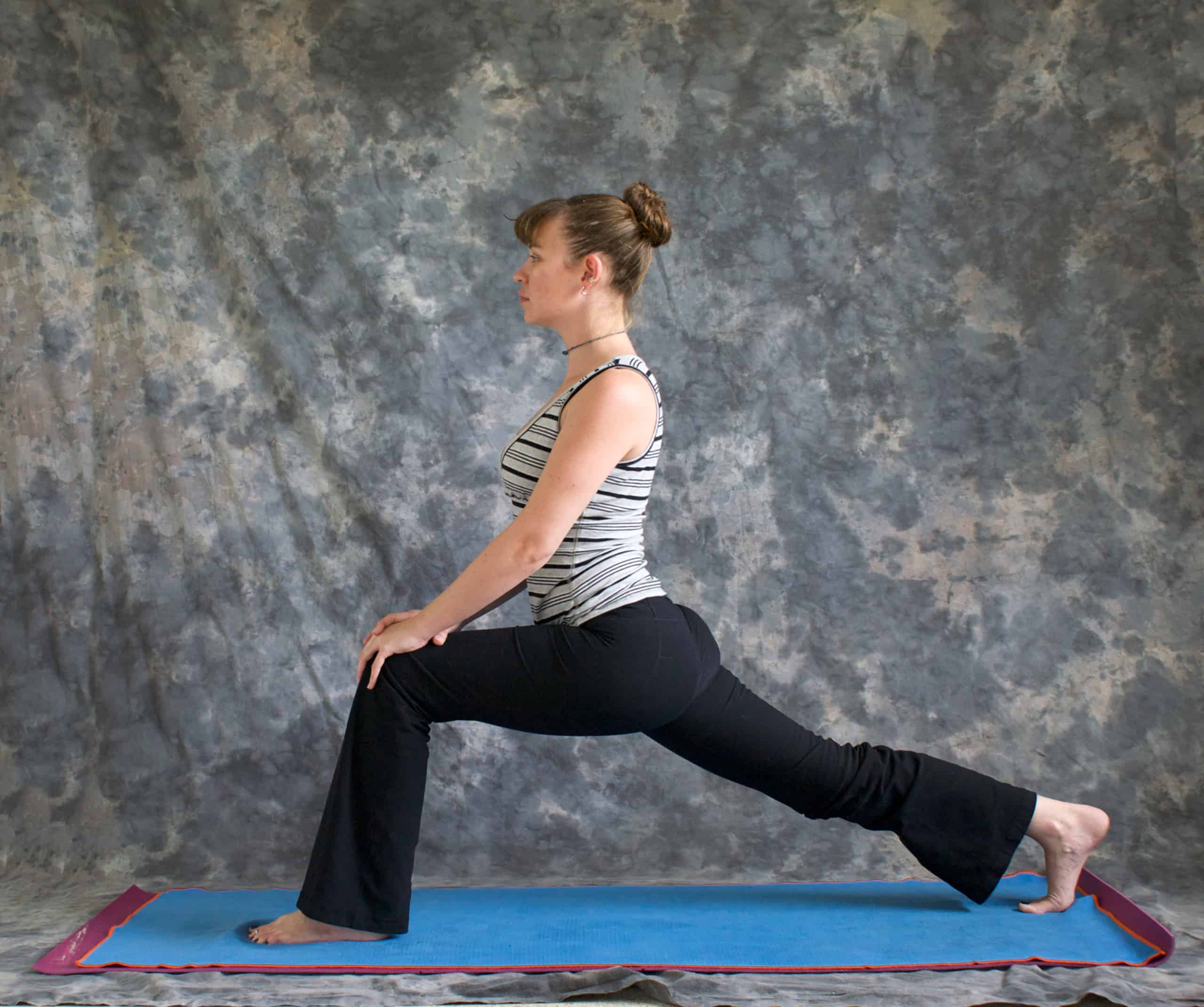
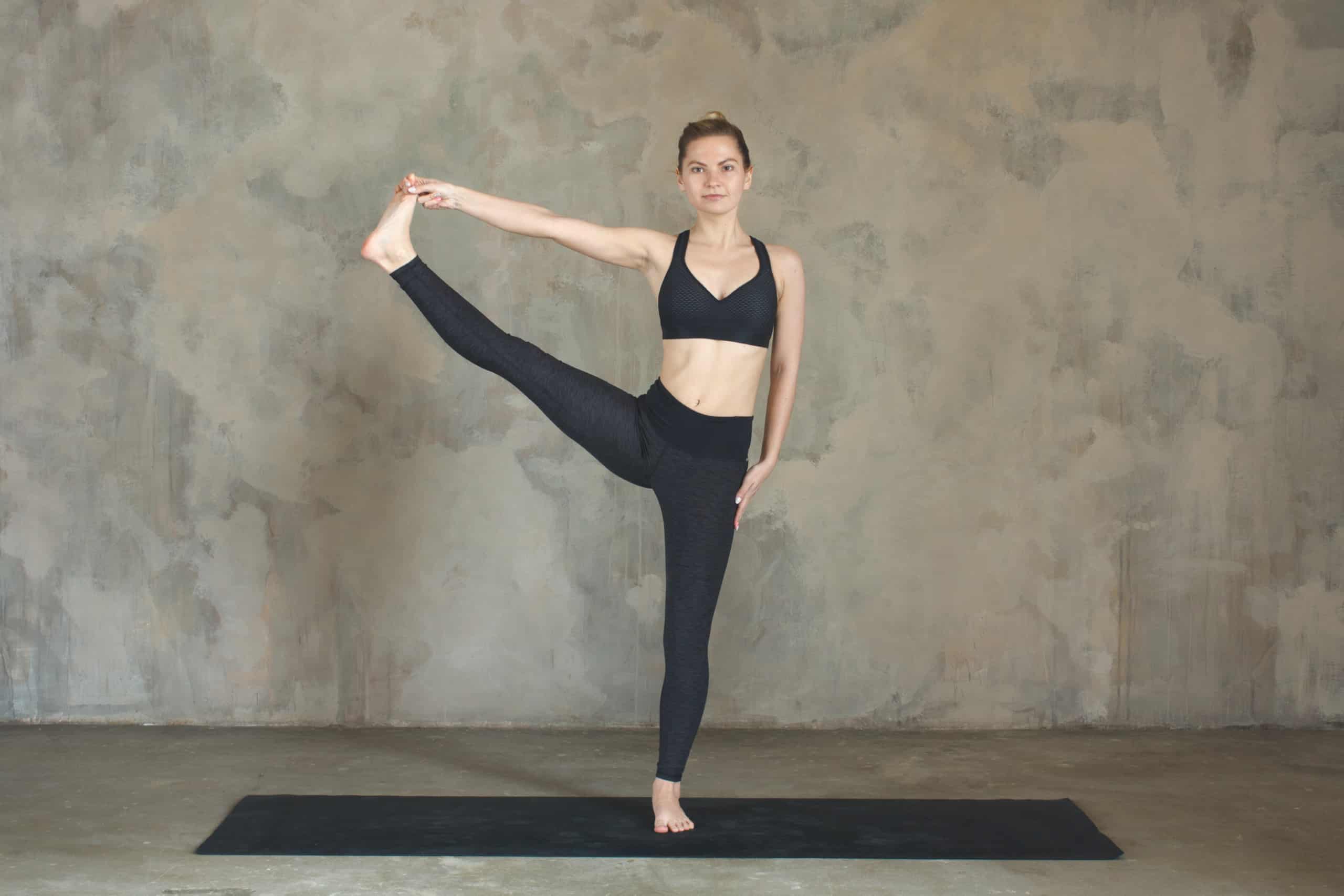
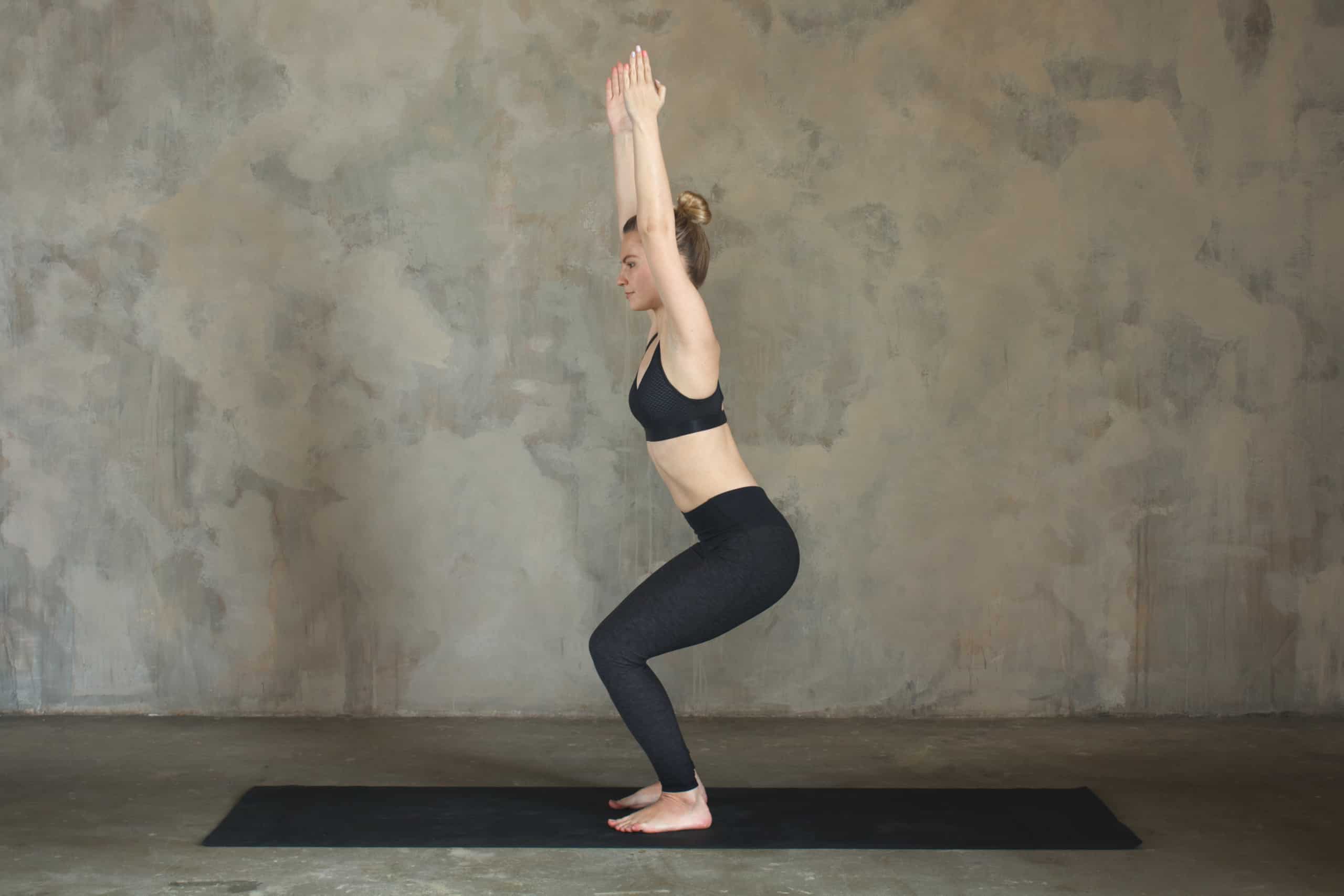
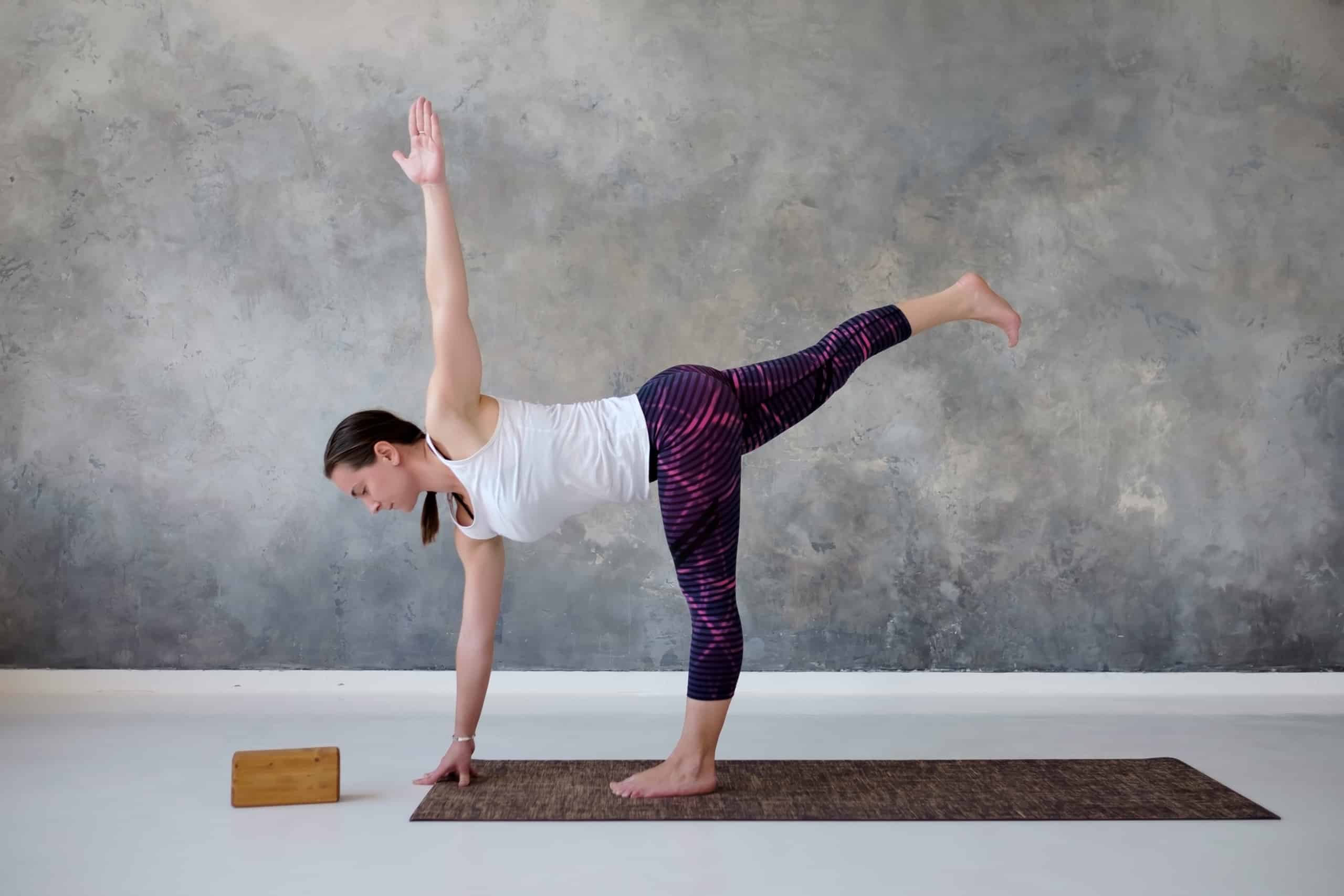









 Community
Community

